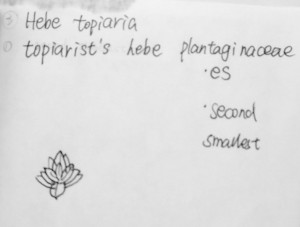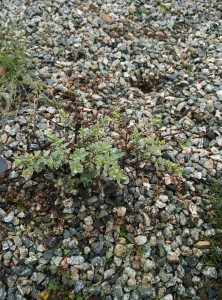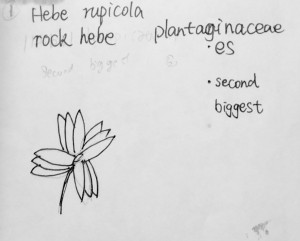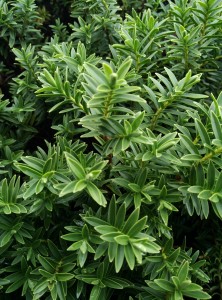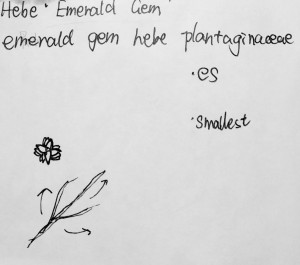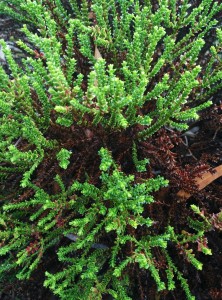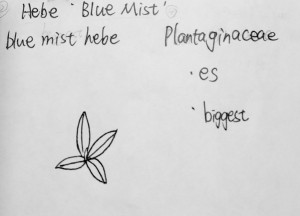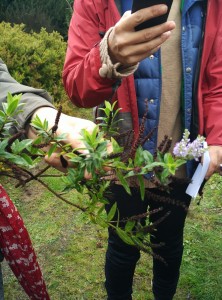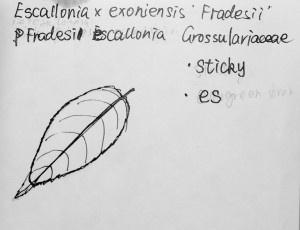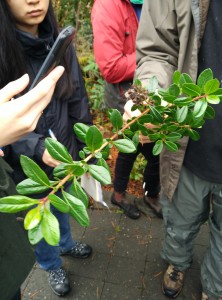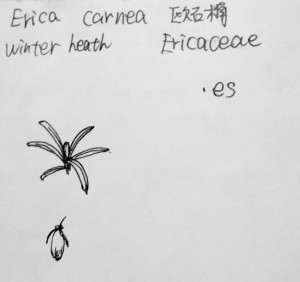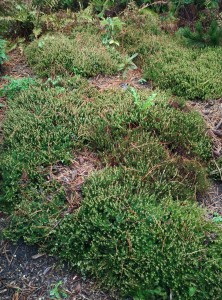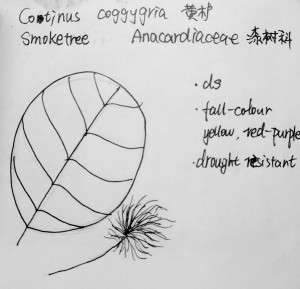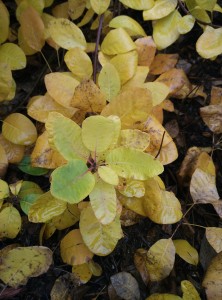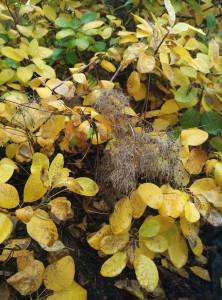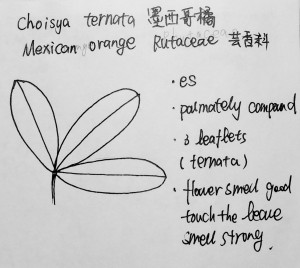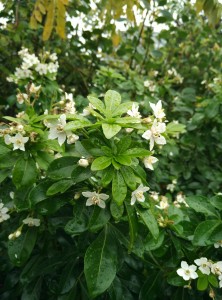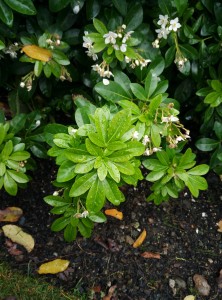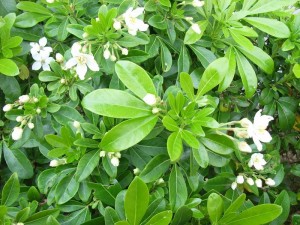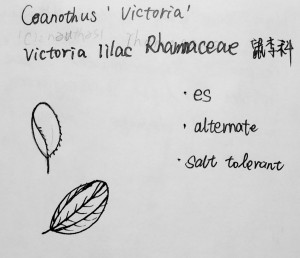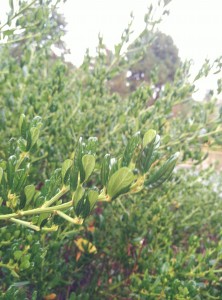Cotoneaster dammeri ‘Lowfast’
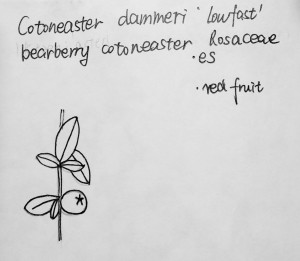
Scientific name: Cotoneaster dammeri ‘Lowfast’
Common name: bearberry cotoneaster
Family name: Rosaceae
Useful cultivars and selections: ‘Coral Beauty’
USDA Hardiness Zone: 5 to 8
Mature height and spread: Height: 0.75 to 1.00 feet; Spread: 4.00 to 6.00 feet
Form: dense, fast-growing, prostrate ground cover
Water use: Medium
Soil requirements: moist, loamy, sharply-drained soils in full sun to part shade
Leaf arrangement: Alternate, leathery, elliptic to oblong, mostly evergreen leaves
Flower/cone/fruit description(s): White, 5-petaled, 1/2” diameter flowers with purple anthers bloom singly or in pairs in May-June; red berries (pomes to 1-4” wide)
Limitations: Susceptible to fireblight, leaf spots and canker. Watch for aphids, cotoneaster webworm and lacebugs.
Suitable uses: rock gardens or dangle over stone walls. Foundations.
Quick ID description: alternate, leathery, red berry
Photographs:
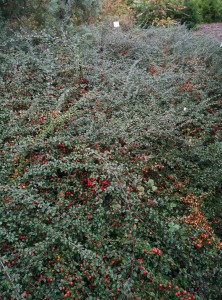
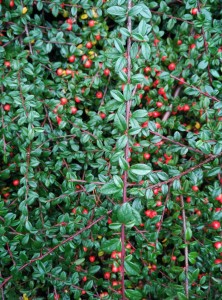
Source:
